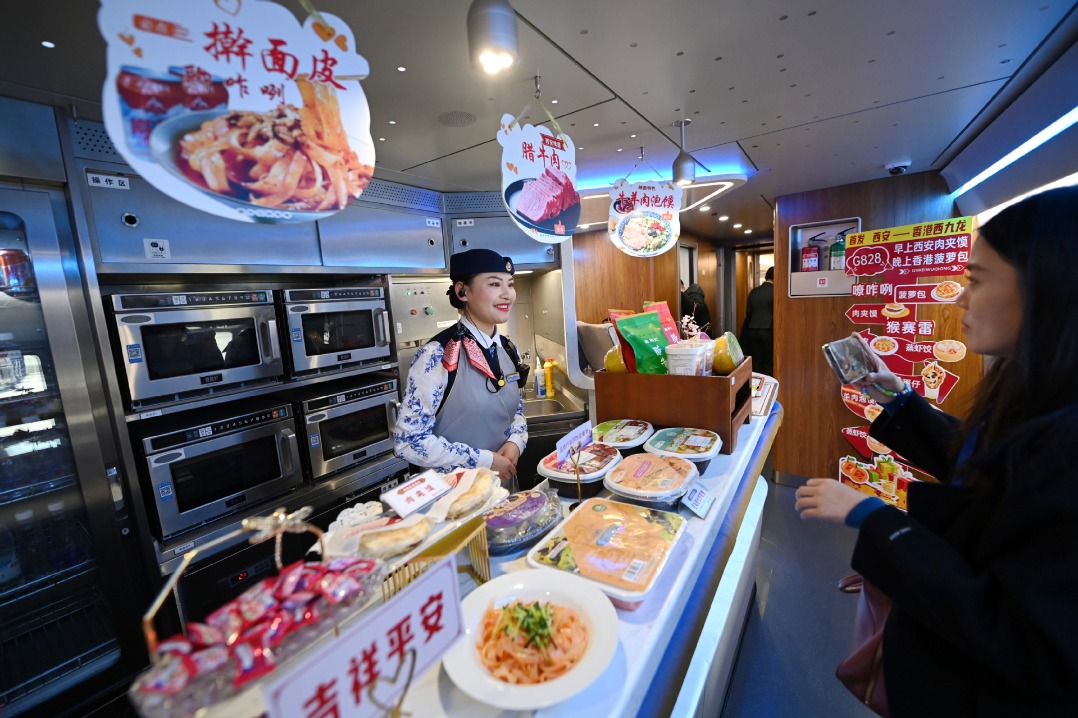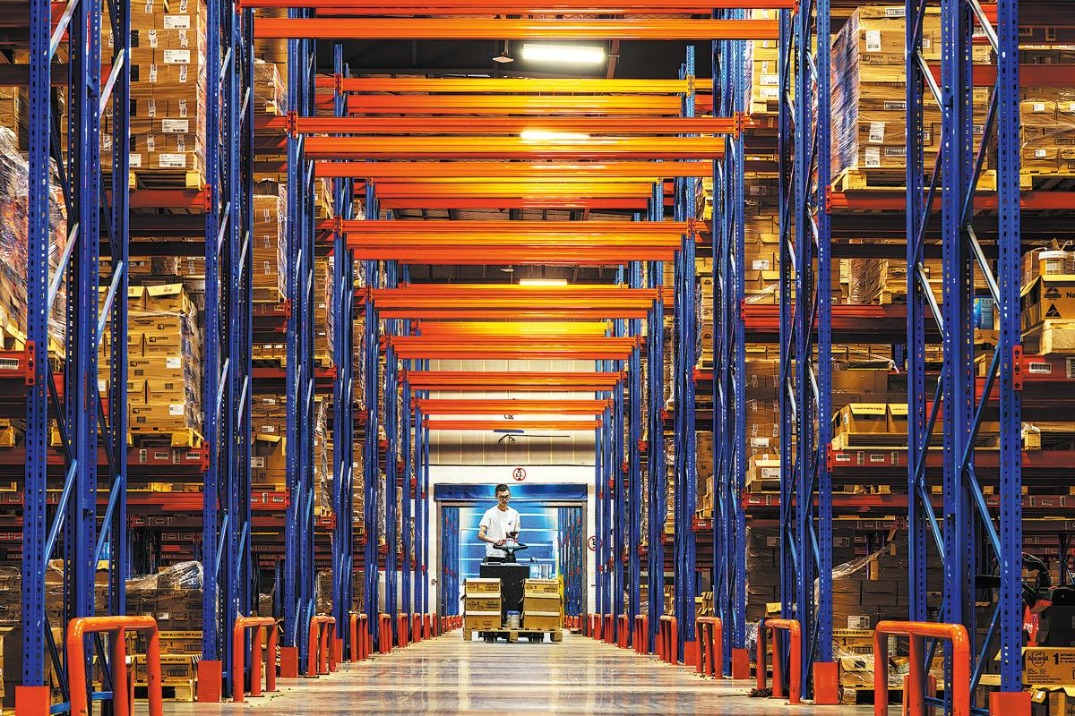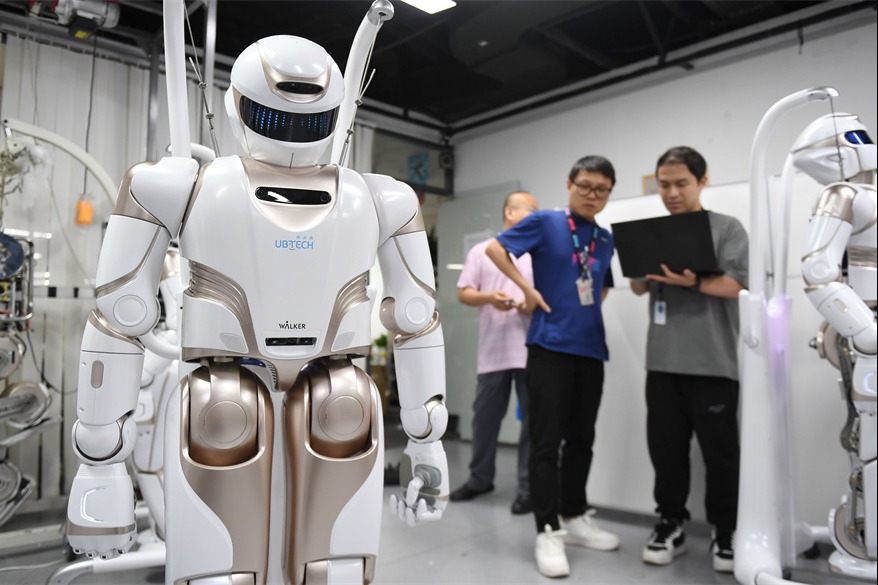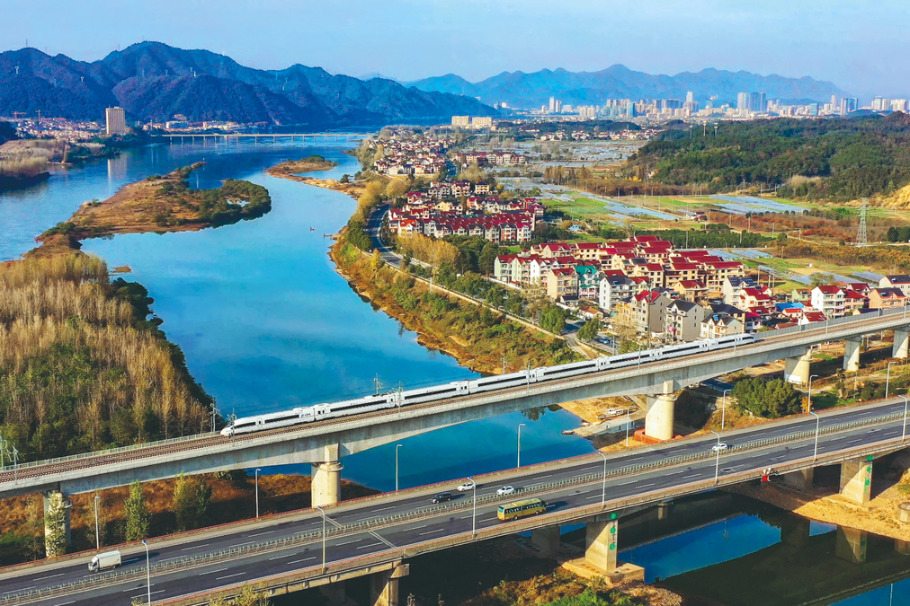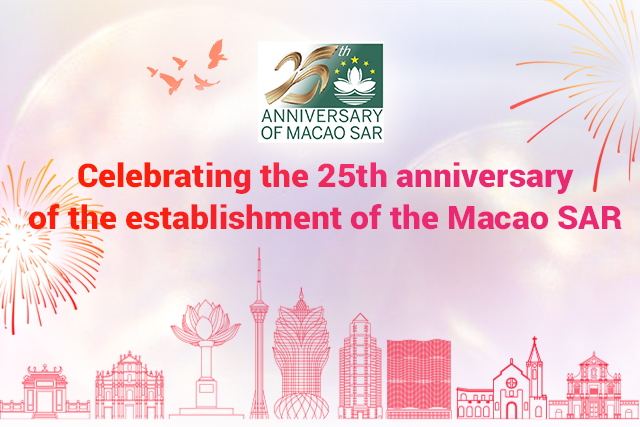Belt, Road 'driver' of globalization
By Hong Xiao in New York | China Daily USA | Updated: 2017-06-15 11:40
The Belt and Road Initiative should be regarded as a new driving force in economic globalization, according to Zhao Qizheng, former minister of China's State Council Information Office.
Zhao said the initiative expresses China's interest in economic globalization.
"China is willing to share its economic power and experience with particularly underdeveloped areas and developing countries to further promote globalization," he said at a press conference on the initiative at the Asia Society in New York on Wednesday.
Even though it was proposed by China, the initiative is by no means China's monodrama. "We look forward to participation from as many countries - including developed countries - as possible to provide financial support for the initiative," said Zhao.
Wei Jianguo, vice-chairman of the board of the China Center for International Economic Exchange, said that to support BRI, the Asian Infrastructure Investment Bank (AIIB) was formed with capital of $100 billion.
"We also founded the Silk Road Fund, to which we pledged $40 billion," he added.
At the recently concluded Belt and Road Forum, President Xi Jinping pledged a major funding boost to the new Silk Road, including an extra 100 billion yuan ($14.50 billion) into the existing Silk Road Fund, 380 billion yuan in loans from two policy banks (China Development Bank and the Export-Import Bank of China) and 60 billion yuan in aid to developing countries and international bodies in countries along the new trade routes.
The cost of building the infrastructure that developing countries in Asia will need in order to maintain the economic growth that will lift people out of poverty in the next decade is estimated at $8 trillion. "There is still a big gap," said Wei.

"The AIIB and the Silk Road Fund could take the lead in promoting the financing particularly coming from three sources, which are private capital and social capital international consortium; and thirdly, we hope that the countries where these projects are happening would also be able to manage some financial support," said Wei.
Zhao Jinping, director of research in foreign economic relations at the State Council clarified that the AIIB is a multilateral financial institution participated in by many countries, with an aim to support the building of infrastructure in the Asia-Pacific region.
As a regional investment bank, it follows the international economic rules of financing operations.
Founded in 2016, after one-year operation, the AIIB has already produced solid results.
"In the first year of its existence, AIIB has provided $1.73 billion in financing to nine projects in seven developing countries in Asia, which has actually driven $14.5 billion investment in total," said Zhao.
Other than capital raised from financing, investment for BRI could be raised from other sources like enterprises, "since the development of BRI is market-based, and the ultimate driving force for the market is enterprises," Zhao explained.
"We can only say the BRI is making progress when we see enterprises from many countries becoming actively involved in the process," Zhao added.
As of September 2016, three years after the BRI was first proposed, Chinese enterprises have established 56 economic cooperation zones in 20 countries along the route, 1,022 Chinese enterprises have entered the zones, generating $1.1 billion in local tax revenue and creating 180,000 jobs.
xiaohong@chinadailyusa.com







